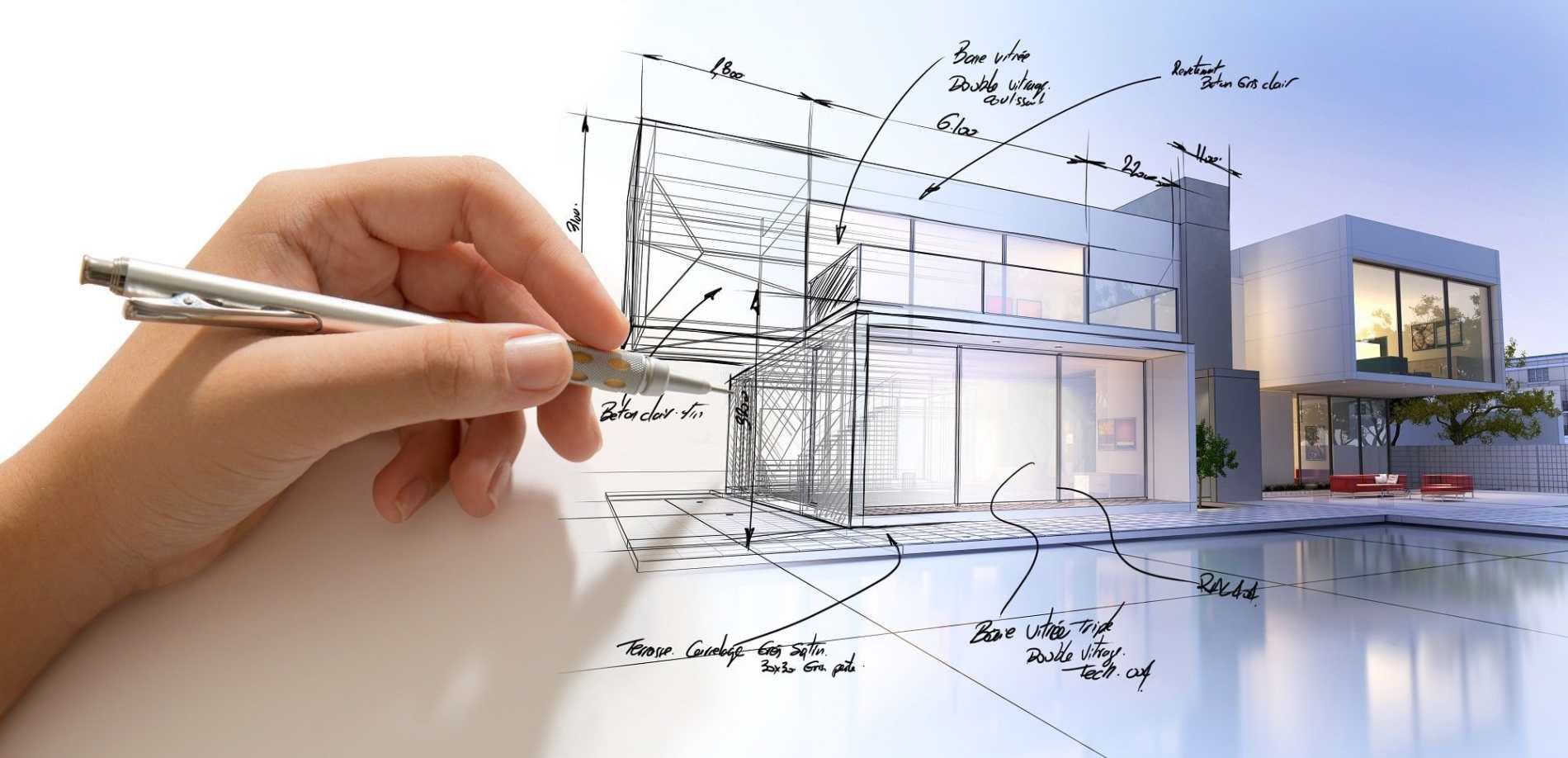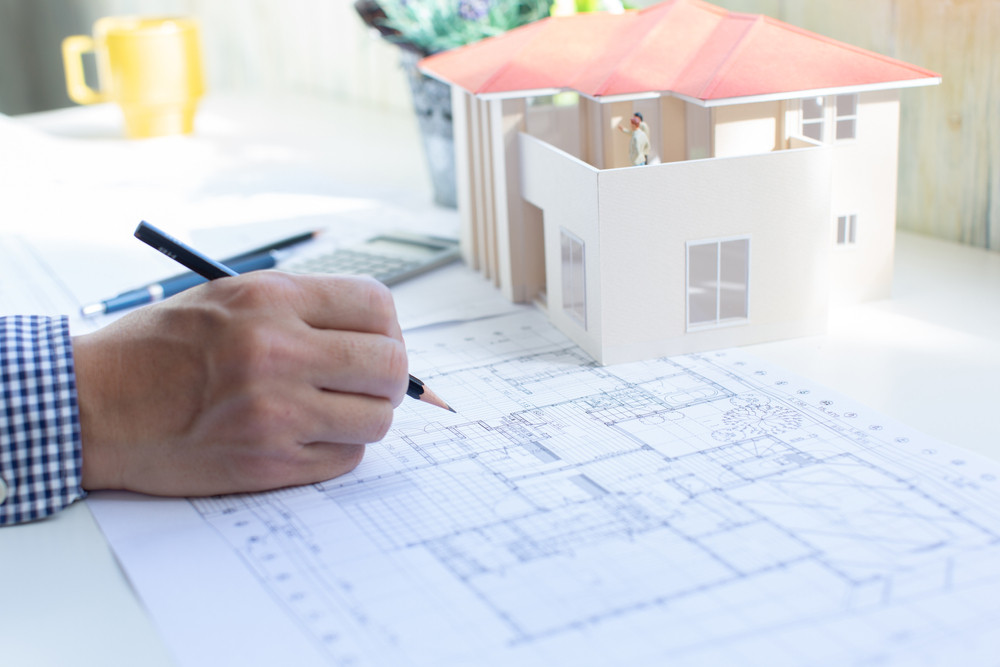The Creative Process Behind Successful Jobs from CDA Architects
An Extensive Overview of Architectural Styles and Their Influence on Modern City Planning and Development
Architectural designs have actually long served as a mirror to the social worths and technical improvements of their time, playing a crucial role fit modern-day city preparation and development. From the splendour of Neoclassicism to the utilitarian approach of Brutalism, each design has actually presented special ideas that influence urban appearances and capability. As contemporary difficulties occur, including sustainability and area requirements, comprehending these historical structures ends up being vital. The resulting dialogue not just educates future style techniques yet likewise raises relevant inquiries regarding the balance in between heritage and advancement in our advancing city landscapes.
Historic Summary of Building Styles
Throughout background, architectural styles have actually developed in feedback to cultural, technical, and environmental variables. Each period shows the dominating values, ideas, and advancements of its time, causing a rich tapestry of design that signifies human creativity and adjustment. The ancient human beings, such as the Egyptians and Greeks, established foundational styles that stressed symmetry and proportion, offering both useful and aesthetic functions.
As cultures transitioned through the Middle Ages, Gothic style arised, characterized by its verticality and complex describing, matching the spiritual aspirations of the age. The Renaissance noted a rebirth of classical suitables, merging art and style in cutting-edge ways that influenced subsequent styles throughout Europe.
The Industrial Change presented new materials and building methods, motivating activities like Innovation, which challenged typical kinds and welcomed simplicity and functionality. The 20th century saw a diversification of styles, with Postmodernism responding against the plain minimalism of its predecessor, including historical referrals and diverse aspects.
Today, building designs remain to develop, driven by globalization and sustainability issues, showing a dynamic interplay between heritage and advancement. This historic review underscores the significance of architecture as a mirror of societal development and as a driver for urban development.
Key Architectural Styles Explained
The diversity of building designs shows the myriad impacts that form our constructed setting, each personifying unique attributes and cultural importances. Key building styles include Timeless, Gothic, Baroque, Innovation, and Postmodernism, each representing unique historic contexts and visual viewpoints.
Classic architecture, rooted in old Greece and Rome, emphasizes proportion, proportion, and the usage of columns. In contrast, Gothic style, prospering in the center Ages, is identified by pointed arcs, ribbed vaults, and flying buttresses, developing an aerial quality in sanctuaries. Baroque style, emerging in the 17th century, is noted by splendour, intricate ornamentation, and a vibrant interplay of light and shadow.

Comprehending these styles provides insight into the social stories and technical advancements of their particular eras, highlighting exactly how style offers not equally as a sanctuary, but as a representation of social worths and ambitions.
Effect on Urban Planning
In shaping the growth of cities, architectural designs considerably affect urban preparation choices. The choice of building style commonly dictates the looks, functionality, and general personality of urban settings.
Additionally, building designs can i thought about this affect zoning laws and land use policies. Urban coordinators have to think about the dominating building trends when creating areas, ensuring that new growths harmonize with existing structures. This factor to consider cultivates cohesive city landscapes and enhances community identity.
The application of details architectural styles can also influence socioeconomic variables within a city. Premium modern styles might draw in upscale citizens and services, leading to gentrification, while extra affordable housing solutions might prioritize practical and lasting layouts to suit varied populaces. Eventually, the interplay between architectural styles and city preparation produces dynamic cities that show both historical context and modern needs, forming the lived experiences of their occupants.
Sustainability and Modern Architecture
Building designs play an essential role in resolving modern obstacles, particularly in the realm try here of sustainability. As metropolitan locations increase and ecological issues heighten, modern architecture increasingly accepts sustainable layout principles that focus on power efficiency, source conservation, and very little ecological influence.
Contemporary architectural movements, such as biophilic style and eco-friendly style, supporter for structures that integrate with their environments, utilizing all-natural materials and advertising biodiversity - cda architects. These styles often include sustainable power sources, such as solar panels and wind turbines, to reduce dependence on fossil fuels and reduced carbon footprints
Additionally, the integration of innovative technologies, such as smart building systems, enhances energy management, enhancing resource usage while making certain resident convenience. Innovative water monitoring techniques, consisting of rainwater harvesting and greywater recycling, additional add to sustainable city settings.
Notably, sustainability expands past environmental worries; it encompasses social and economic measurements too. By promoting neighborhood health and promoting inclusivity, modern architectural designs straighten with sustainable advancement objectives. Subsequently, the evolution of architectural practices remains to form resistant cities that not just satisfy the demands of today however also protect the future for generations to come.
Community Engagement in Design
Community interaction in style acts as a crucial bridge in between architects and the populations they serve, ensuring that the built environment reflects the needs and aspirations of its customers. This joint procedure welcomes area participants to add their insights and preferences, fostering a sense of possession and duty towards the rooms they inhabit.
Effective area involvement utilizes different methods, such as workshops, studies, and public discussion forums, to collect diverse point of views (cda architects). These methods help with a two-way discussion, permitting designers to understand neighborhood contexts while equipping homeowners to articulate their issues and desires. This inclusivity not just improves the design top quality however also advertises social equity by attending to the distinct challenges faced by marginalized teams

Final Thought
Building designs have actually greatly affected modern-day city preparation and advancement, showing evolving social and technical contexts. The assimilation of historic aesthetic appeals with modern requirements promotes urban atmospheres that prioritize sustainability and neighborhood engagement. As cities continue to grow visit our website and adjust, the recurring discussion between architectural heritage and modern design concepts will certainly stay necessary in producing inclusive, vibrant spaces that boost lifestyle and promote social equity. The future of city development depend upon this unified equilibrium.